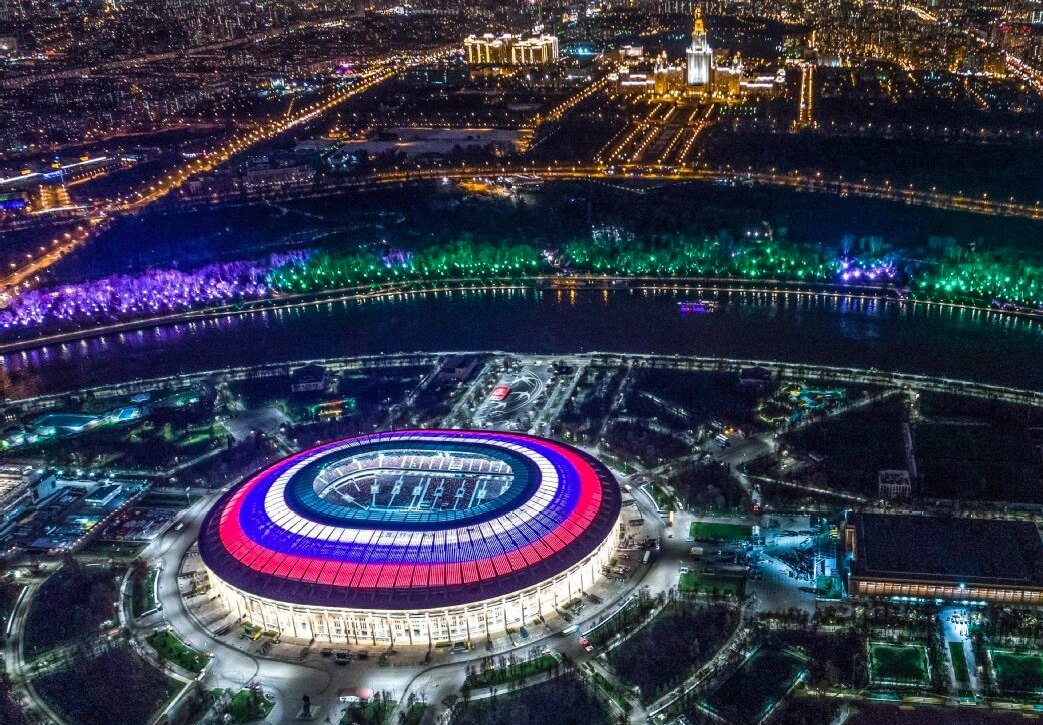And now, for some context

The 2018 FIFA World Cup was a landmark in broadcasting technology, marking the first time all 64 matches were recorded and produced in 4K UHD with HDR (High Dynamic Range). FIFA came out with all guns blazing for Russia 2018 where every match was covered by a whooping 37 cameras.
The filming setup consisted of a hybrid UHD/HDR/1080p array, providing multiple video formats (1080i, 1080p, or UHD HDR) via a unified production chain. This intricate setup allowed FIFA to cater to various broadcast requirements globally, ensuring fans around the world could experience matches in enhanced clarity and color depth.
Here's a breakdown of the camera setup used during the tournament:
- Eight cameras were equipped for UHD/HDR and 1080p/SDR dual output
- A second set of eight had 1080p/HDR and 1080p/SDR dual output
- A third set of eight cameras recorded super-slow-motion and two ultra-motion cameras
- A cable-cam and a cineflex heli-cam to ensure high-class pictures would be available from every angle in each stadium.
The 2018 World Cup was also notable for introducing VAR technology (Video Assistant Referee) to the tournament. This much-anticipated addition brought real-time video review to help officiate key moments.
VAR had been trialed in previous competitions, but Russia 2018 was the first major tournament where it was implemented across all matches, adding a new layer of scrutiny to critical game decisions. This had been a long-time request, with advocates pointing out the success of similar systems in the NFL and tennis tournaments.
Looking Back to 2014…
Despite the emergence of 4K TVs in certain markets during the 2014 World Cup in Brazil, live 4K broadcasts were not widely available. Sony conducted experimental 4K filming for just three matches, which were later included in the official World Cup documentary.
These select recordings gave fans a glimpse into the potential of 4K, although full production in this format remained a few years away.
Japanese broadcaster NHK also experimented with high-res technology in Brazil, recording nine matches in 8K resolution (7680 x 4320) – known in Japan as Super Hi-Vision.
NHK later showcased this ultra-high-definition content on massive 330-inch screens in select cities in Brazil and Japan, providing an immersive viewing experience far beyond traditional broadcast quality.